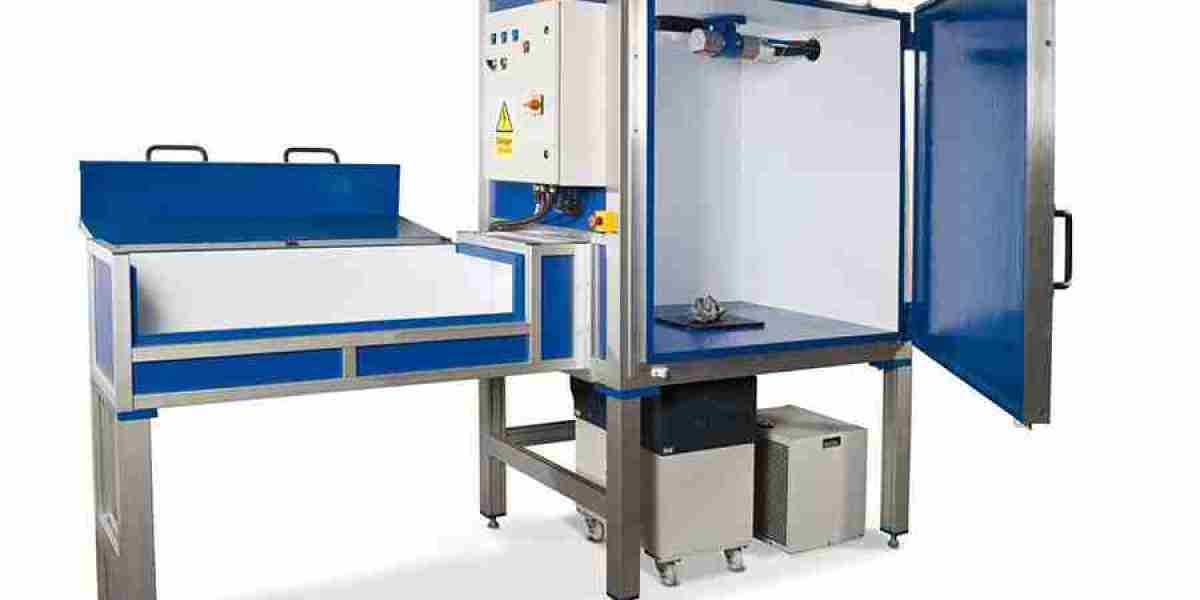The elderly care market continues to evolve as the global population ages at an unprecedented rate. The rising number of senior citizens worldwide is driving the demand for various services and products aimed at supporting their health, well-being, and quality of life. As the market expands, a variety of sectors are emerging to cater to the needs of this demographic, ranging from home care services to healthcare technologies. Understanding the scope of the elderly care market requires an exploration of its key drivers, challenges, and future opportunities.
Market Drivers
Several factors contribute to the growth of the elderly care market. One of the primary drivers is the aging population. As life expectancy increases, more individuals are living longer, leading to a larger elderly demographic. According to the United Nations, the global population aged 60 years or older is expected to reach 2.1 billion by 2050, highlighting the growing demand for elderly care services. Additionally, advancements in healthcare and medical technology have enabled older adults to live healthier lives, further increasing the need for specialized care.
Another important driver is the rising incidence of chronic diseases among the elderly. Conditions such as dementia, arthritis, heart disease, and diabetes are becoming more common in older populations. This creates a higher demand for healthcare services, including in-home care, nursing homes, and rehabilitation centers, to support seniors living with these conditions. The demand for assistive technologies, including mobility aids and telehealth services, is also on the rise, providing an enhanced quality of life for seniors who wish to live independently.
Market Segments
The elderly care market can be broadly categorized into various segments based on the type of care provided. Home care services are one of the largest segments, driven by the preference of many seniors to age in place. Home care services range from personal care assistance to medical support, and they offer flexibility, allowing seniors to receive care in the comfort of their homes. This trend has been further supported by technological innovations such as remote monitoring, which enables caregivers to track the health of their patients from a distance.
Nursing homes and assisted living facilities represent another key segment in the market. These facilities cater to seniors who require more extensive care than can be provided at home but do not need the level of care found in a hospital. Assisted living facilities offer a balance of independence and support, with services that include housekeeping, meal preparation, and medical supervision. Nursing homes, on the other hand, provide a higher level of medical care and are equipped to handle more complex health issues.
Challenges and Restraints
Despite the growth prospects, the elderly care market faces several challenges. One of the primary issues is the shortage of skilled healthcare professionals. As the demand for elderly care services increases, there is a growing need for qualified caregivers, nurses, and medical staff. Many countries are already experiencing a shortage of healthcare workers, and this shortage is expected to worsen as the population ages. To address this challenge, it will be necessary to invest in workforce training and education programs to ensure that there is an adequate supply of skilled professionals.
Another challenge is the rising cost of elderly care services. The cost of providing high-quality care, whether at home or in a facility, can be prohibitively expensive. Many seniors and their families struggle with the financial burden of long-term care, particularly in countries where public support for elderly care is limited. To alleviate this burden, there is a growing push for insurance policies, government subsidies, and innovative care models that can reduce the cost of services without compromising quality.
Opportunities for Growth
The elderly care market also presents significant opportunities for innovation. Technology is playing an increasingly important role in elderly care, with advancements such as robotics, artificial intelligence, and wearable health devices transforming the industry. These technologies can help reduce the burden on caregivers, improve patient outcomes, and enable seniors to live more independently. For instance, robots can assist with mobility, while AI-powered devices can monitor health conditions and provide real-time data to caregivers.
Furthermore, the rise of telemedicine and virtual healthcare services presents new opportunities for elderly care. Telehealth solutions allow seniors to consult with healthcare providers remotely, reducing the need for travel and improving access to care. This is particularly beneficial for seniors in rural or underserved areas, where access to healthcare services may be limited.
Conclusion
In conclusion, the elderly care market is poised for significant growth as the global population ages. With the right combination of healthcare services, technology, and innovations, this market has the potential to enhance the quality of life for millions of seniors worldwide. However, addressing the challenges of workforce shortages and rising costs will be crucial to ensuring that elderly care remains accessible and sustainable in the years to come.




